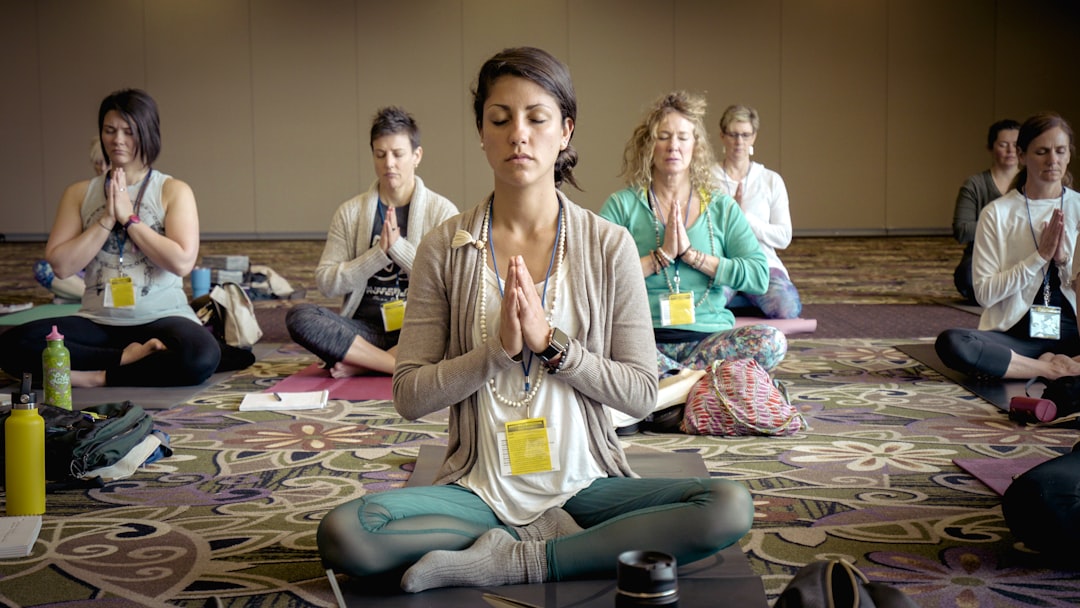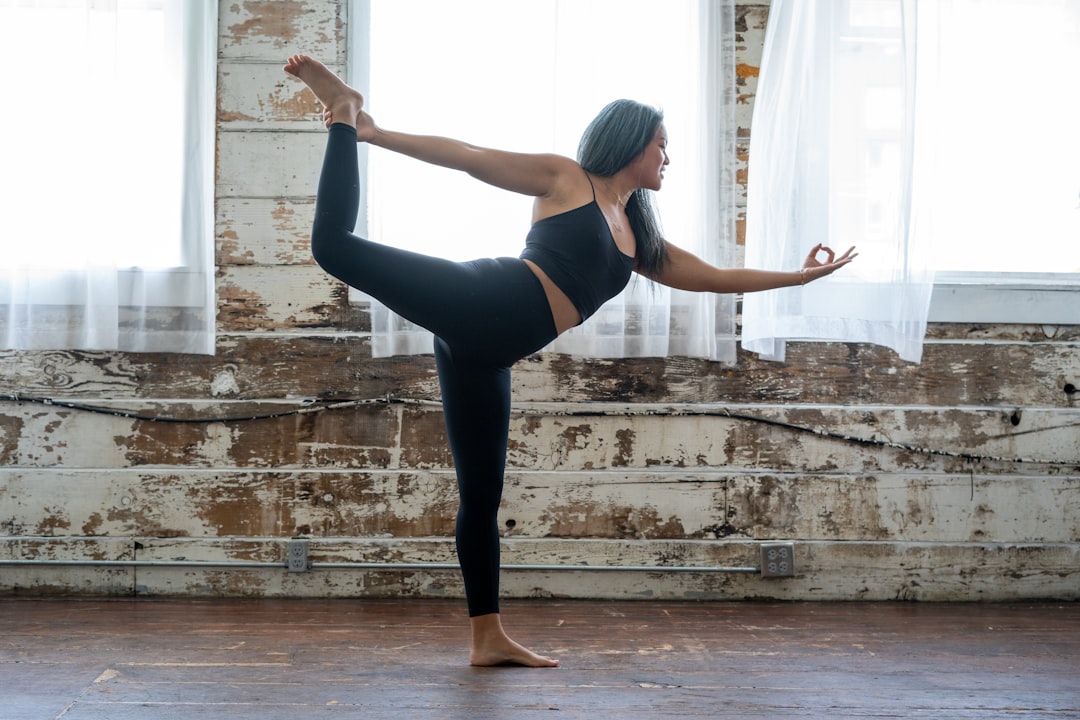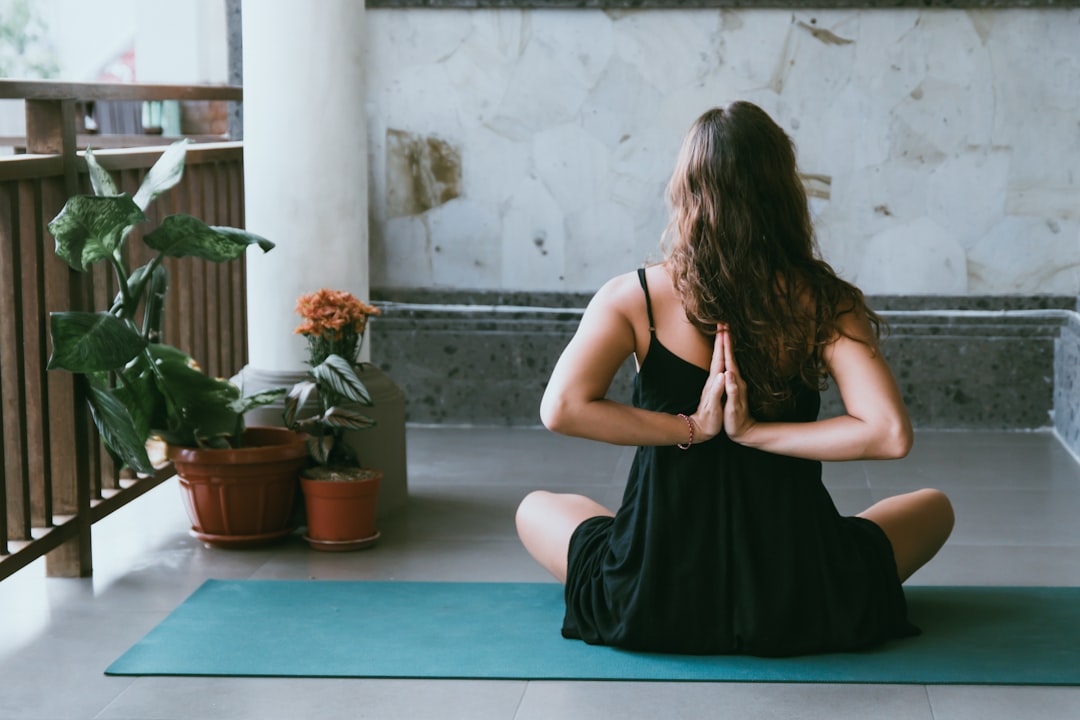Unlocking Longevity: How Exercise and Mobility Enhance Health at Any Age
Unlocking Longevity: How Exercise and Mobility Enhance Health at Any Age
Unlocking the secret to a vibrant and long life often lies in the simple yet powerful practices of exercise and mobility. No matter your age, incorporating regular physical activity into your routine can drastically enhance your overall health and well-being. From managing weight and boosting metabolism to strengthening muscles and improving joint health, the benefits are extensive. Moreover, embracing flexibility training and mobility exercises ensures you maintain independence and prevent falls, contributing to a more active and fulfilling life. This guide will walk you through the immense health benefits of staying active and provide practical tips to seamlessly integrate these vital practices into your daily life.
 Exercise for Lifelong Health
Exercise for Lifelong Health
Empowering Mobility and Independence
Regular exercise plays a crucial role in maintaining mobility and independence, no matter your age. Engaging in physical activity helps keep your muscles strong and your joints flexible. This, in turn, makes daily tasks like walking, bending, and lifting easier and more manageable.
Weight-bearing exercises such as walking, jogging, and strength training are particularly beneficial. They help maintain bone density, which is essential for preventing osteoporosis and reducing the risk of fractures. Additionally, activities like yoga and Pilates promote flexibility and balance, which are key for fall prevention.
Incorporating a mix of cardiovascular, strength, and flexibility training into your routine ensures a well-rounded approach to fitness. This balanced regimen not only enhances your physical capabilities but also boosts your confidence, allowing you to lead an active and independent life.
 Health Benefits Across Age Groups
Health Benefits Across Age Groups
Exercise offers numerous health benefits across all age groups, ensuring everyone can enjoy improved well-being. For children and teenagers, regular physical activity supports healthy growth and development, enhances cardiovascular health, and boosts mental focus. It sets the foundation for lifelong healthy habits.
Adults who engage in regular exercise experience weight management, enhanced muscle and bone strength, and better joint health. Cardiovascular activities like running, swimming, and cycling promote a healthy heart and reduce the risk of chronic diseases such as type 2 diabetes and certain cancers.
For older adults, maintaining an active lifestyle is crucial for preserving mobility and independence. Exercise helps manage weight, reduces the risk of falls by improving balance and coordination, and alleviates joint stiffness and muscle tightness. Additionally, staying active can elevate mood and combat depression, contributing to overall mental well-being.
By embracing physical activity at every stage of life, individuals can enjoy a healthier, more fulfilling existence.
 Incorporating Physical Activity Safely
Incorporating Physical Activity Safely
Incorporating physical activity safely into your routine is essential to reap the health benefits while minimizing the risk of injury. Start by consulting with a healthcare provider, especially if you have existing health conditions or are new to exercise. They can provide personalized recommendations based on your health status and fitness level.
Begin with low-impact activities such as walking, swimming, or cycling. These exercises are gentle on the joints and can help build endurance. Gradually increase the intensity and duration of your workouts as your fitness improves. Incorporate strength training exercises at least twice a week to enhance muscle and bone strength.
Always warm up before starting your exercise routine and cool down afterward. Stretching helps improve flexibility and reduces muscle stiffness. Listen to your body and avoid pushing through pain; rest when needed to prevent overexertion.
By following these guidelines, you can safely enjoy the myriad health benefits of regular physical activity.
Flexibility and Mobility: Key to Well-being
Enhancing Daily Function and Pain Prevention
Flexibility and mobility exercises are vital for improving daily function and preventing pain. When muscles and joints are flexible, everyday tasks like bending, reaching, and twisting become easier and more comfortable. This enhanced range of motion allows you to perform activities with greater ease and efficiency, reducing the strain on your body.
Incorporating stretches and mobility exercises into your routine can significantly alleviate discomfort caused by muscle tightness and joint stiffness. Regular stretching helps elongate the muscles, reducing the risk of cramps and spasms. Mobility exercises, which focus on joint movement, enhance your ability to perform functional movements without pain.
For those experiencing chronic pain, such as lower back pain or arthritis, these exercises can offer relief by improving circulation and reducing inflammation. By prioritizing flexibility and mobility, you can maintain a higher quality of life, free from the limitations imposed by pain and stiffness.
 Flexibility Training for All Ages
Flexibility Training for All Ages
Flexibility training is beneficial for individuals of all ages, promoting better movement and reducing the risk of injury. For children and teenagers, regular stretching helps support growth and development while improving athletic performance. Incorporating flexibility exercises can prevent injuries commonly associated with sports and active play.
Adults can benefit from flexibility training by reducing muscle tension and enhancing overall physical performance. Regular stretching exercises help alleviate stress and improve posture, making daily activities more comfortable. Flexibility also plays a crucial role in preventing repetitive strain injuries that can result from prolonged sitting or manual labor.
Older adults should prioritize flexibility training to maintain independence and mobility. Stretching exercises can ease joint stiffness and improve balance, significantly reducing the risk of falls. Gentle activities like yoga and tai chi are excellent options that promote flexibility while also supporting mental well-being.
Incorporating flexibility training into your routine at any age can lead to a more active, pain-free lifestyle.
 Achieving Balance and Stress Reduction
Achieving Balance and Stress Reduction
Achieving balance and reducing stress are important aspects of maintaining well-being, and flexibility and mobility exercises can be key contributors. Practices like yoga and tai chi integrate gentle movements with breathing techniques, promoting relaxation and mental clarity. These activities help lower stress hormones and increase the production of endorphins, which enhance mood and provide a calming effect.
Improving physical balance through specific exercises also plays a vital role, especially for older adults. Balance exercises help stabilize muscles and improve proprioception, which is your body’s ability to sense movement and position. This reduces the risk of falls and related injuries, contributing to a greater sense of security and independence.
Incorporating these exercises into your routine not only helps reduce physical tension but also offers mental reprieve from the stresses of daily life. By enhancing balance and reducing stress, you empower yourself to lead a more harmonious and resilient life.
 Tailoring Your Exercise Routine
Tailoring Your Exercise Routine
Finding Your Personal Flexibility Routine
Finding the right flexibility routine tailored to your needs is essential for maximizing benefits and maintaining consistency. Start by assessing your current fitness level and identifying any areas of tightness or discomfort. This will help you focus on stretches and mobility exercises that address your specific needs.
Consider incorporating a variety of flexibility exercises to keep your routine engaging. Dynamic stretching, such as leg swings and arm circles, is excellent for warming up the muscles before activity. Static stretching, where you hold stretches for 15-30 seconds, is beneficial post-workout to help muscles relax and lengthen.
Activities like yoga and Pilates are also valuable additions. They offer structured routines that enhance flexibility, strength, and balance. If you’re unsure where to start, joining a class or following online tutorials can provide guidance and motivation.
Consistency is key. Aim to incorporate flexibility exercises into your routine several times a week, gradually increasing intensity as you progress. This personalized approach ensures that your flexibility routine is both effective and enjoyable.
 Consistency in Practice
Consistency in Practice
Consistency in your exercise routine is crucial for long-term success and health benefits. Regularly engaging in physical activity helps reinforce positive habits and keeps your body in optimal condition. To maintain consistency, set realistic goals and create a schedule that fits seamlessly into your daily life.
Start by dedicating specific times each week for exercise, whether it's early morning, during lunch breaks, or in the evenings. Keeping a fitness journal or using an app to track your progress can also be motivating and help you stay accountable.
Varying your workouts can prevent boredom and keep you engaged. Mix up activities like strength training, cardio, and flexibility exercises to target different muscle groups and maintain overall balance.
Listening to your body is essential. Adjust the intensity and duration of your workouts based on how you feel, ensuring you don’t overtrain or risk injury. Consistency doesn’t mean pushing yourself to the limit every day but rather maintaining a sustainable and enjoyable routine over time.
 Guidelines for Safe Exercise
Guidelines for Safe Exercise
Following guidelines for safe exercise is essential to maximize benefits while minimizing the risk of injury. Start with a proper warm-up to prepare your muscles and joints for the workout. Activities like brisk walking, light jogging, or dynamic stretching can effectively increase your heart rate and loosen your muscles.
Progress gradually by increasing the intensity and duration of your exercises over time. Avoid pushing yourself too hard too soon, as this can lead to strains and injuries. Incorporate rest days into your routine to allow your body to recover and rebuild.
Use proper form and technique during exercises. If you’re unsure, consider working with a fitness professional or following credible online tutorials. Wearing appropriate workout gear, including supportive shoes, can also prevent injuries.
Stay hydrated and listen to your body’s signals. If you experience pain or excessive fatigue, it’s important to stop and rest. Regularly review and adjust your exercise routine to align with your evolving fitness levels and goals.
